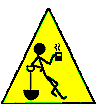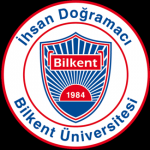Background: Difference between revisions
No edit summary |
No edit summary |
||
| Line 41: | Line 41: | ||
{| |
{| |
||
The Computer Vision and Multimedia Laboratory ([ |
The Computer Vision and Multimedia Laboratory ([http://cvml.unige.ch CVML ]) of the University of Geneva is divided into three |
||
http://cvml.unige.ch CVML, ]) of the University of Geneva is divided into three |
|||
groups and carries out research in multimedia data processing, |
groups and carries out research in multimedia data processing, |
||
multimedia data management and security, as well as in multimodal |
multimedia data management and security, as well as in multimodal |
||
Revision as of 22:28, 28 February 2011
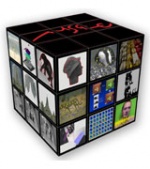 |
One important achievement of the Muscle group is the Muscle Network of Excellence, partially funded by the European Commission (FP6-507752, 1 March 2004 - 29 February 2008), managed by ERCIM and coordinated by Eric Pauwels (CWI, NL) and Nozha Boujemaa (INRIA, F) |
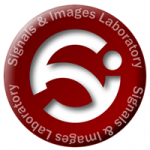 |
The Signal & Images Lab at ISTI-CNR (SI Lab) is working in the fields of signal processing, image understanding and artificial vision. Sensorial information is increasing its importance in both our everyday lives and the most advanced technological and scientific contexts. In particular, visual and audio information is becoming the most significant part of the global information to be processed, understood and manipulated. Our general goal is to increase the knowledge in signal processing, image understanding and artificial vision. This will be achieved by studying and developing models, methods and machines for the formation, processing, analysis and recognition of images and signals, and by applying them to several areas of scientific and technological interest. |
| The Ariana project-team (Ariana) is located at INRIA Sophia-Antipolis Méditerranée and aims to provide image processing tools to aid in the solution of problems arising in a wide range of concrete applications in Earth observation and cartography, for example cartographic updating, land management, and agriculture, while at the same time advancing the state of the art in the image processing methods used to construct those tools. An important recent theme, for example, is the incorporation of geometric information into stochastic and variational techniques, in the probabilistic case via the use of stochastic geometry, and in the variational case via the use of higher-order active contours. |
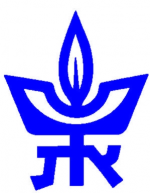 |
TAU-VISUAL specializes in the extraction and processing of visual information from video and still images. The group has substantial expertise in the use of variational methods to solve fundamentally difficult problems, such as restoration, registration and segmentation of images and video. Typical application domains include medical image analysis, image retrieval, video analytics, environmental monitoring and 3D image acquisition. |
